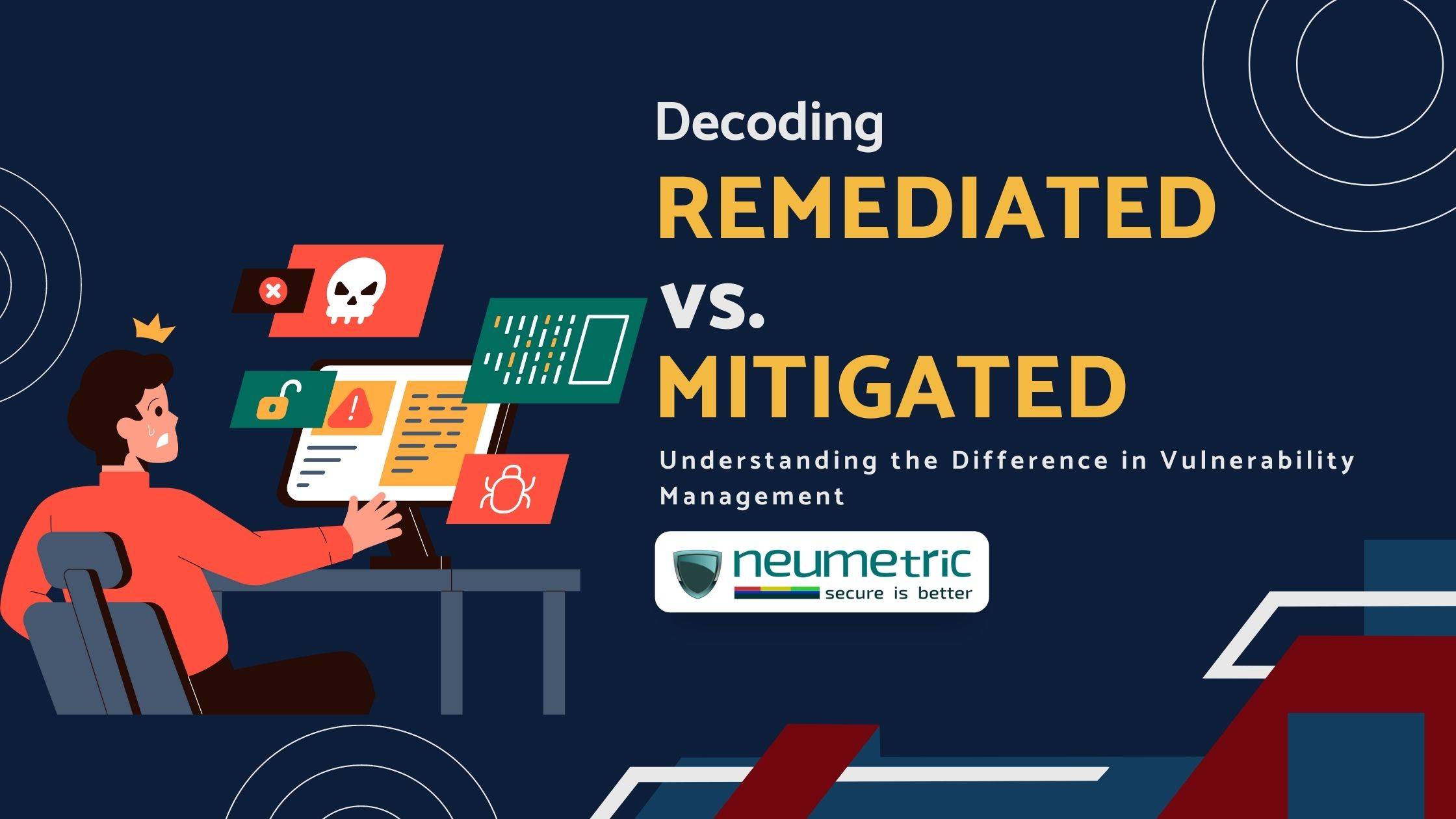
Mitigate vs Remediate: Understanding the Key Differences
Introduction
In the realm of problem-solving, two terms often come to the forefront: mitigate and remediate. Both of these terms are employed to address issues and challenges, but they entail different strategies and implications. In this article, we will delve into the nuances of mitigate vs remediate, exploring their definitions, use cases, and practical applications. By the end, you’ll have a clear understanding of when and how to apply each approach to effectively navigate a variety of situations.
Mitigate vs Remediate: An In-depth Comparison
Mitigate: Easing the Impact
Mitigation, often referred to as risk mitigation, involves taking proactive measures to reduce the severity or impact of potential issues. This approach aims to minimize the negative consequences associated with a particular situation, ensuring that even if the issue arises, its effects are less severe.
Mitigation strategies are particularly useful when dealing with risks that cannot be completely eliminated. For instance, in the context of natural disasters, such as hurricanes, communities can implement building codes and disaster preparedness plans to mitigate the damage caused by the event. By reinforcing structures and establishing emergency protocols, the impact of the disaster can be significantly reduced.
Remediate: Corrective Action
On the other hand, remediation focuses on correcting or eliminating the root cause of a problem after it has occurred. Remedial actions are taken to address the immediate issue and prevent its recurrence. This approach is often employed when the damage has already been done, and the goal is to restore the affected system to its normal state.
For example, if a company falls victim to a cyberattack that compromises its data security, the remediation process would involve identifying the breach, isolating affected systems, removing malware, and implementing enhanced security measures. The aim is not only to resolve the immediate threat but also to bolster the organization’s defenses against future attacks.
Mitigate vs Remediate: Key Distinctions
| Aspect | Mitigate | Remediate |
|---|---|---|
| Focus | Proactively reducing impact | Correcting the issue after it has occurred |
| Timing | Before the issue arises | After the issue has manifested |
| Goal | Minimize negative consequences | Restore normalcy and prevent recurrence |
| Nature of Action | Preventative measures | Corrective measures |
| Scope | Broad strategies | Specific actions to address the immediate problem |
| Examples | Risk assessment, disaster preparedness | Data recovery, system restoration |
When to Choose Mitigation?
Mitigation is the preferred approach when there is a known risk or potential issue that could have a significant impact. By identifying and implementing measures to reduce the risk, you can safeguard against adverse outcomes. Mitigation is often favored in scenarios where complete elimination of the risk is not feasible, such as in environmental conservation efforts where minimizing the impact of human activity on ecosystems is the primary goal.

When to Opt for Remediation?
Remediation, on the other hand, is the go-to strategy when the problem is already at hand. It’s about addressing the immediate consequences and rectifying the situation to prevent further harm. This approach is suitable for situations where the root cause is known and can be directly addressed. For instance, in the case of pollution, remediation involves cleaning up the affected area and implementing measures to prevent future pollution sources.
Pros and Cons of Each Approach
Mitigation Pros:
- Proactive approach
- Reduces potential harm
- Suitable for long-term risks
Mitigation Cons:
- May not eliminate risks entirely
- Requires ongoing monitoring and adjustments
Remediation Pros:
- Addresses existing issues directly
- Restores normalcy quickly
- Can provide valuable insights for prevention
Remediation Cons:
- Does not prevent initial damage
- Reactive approach
Mitigate vs Remediate: FAQs
Q: Can mitigation completely eliminate risks?
A: No, mitigation aims to reduce the impact of risks, but it may not eliminate them entirely.
Q: What is the primary goal of remediation?
A: The primary goal of remediation is to address the immediate issue and prevent its recurrence.
Q: Which approach is suitable for addressing pollution in a river?
A: Remediation is suitable in this case, involving the cleanup of the polluted river and preventive measures against future pollution.
Q: Is mitigation or remediation more suitable for data breaches?
A: While mitigation focuses on preventing breaches, remediation addresses the aftermath of a breach.
Q: Can remediation be proactive?
A: Remediation is primarily a reactive approach to existing issues.
Q: What role does risk assessment play in mitigation?
A: Risk assessment helps identify potential risks, informing the mitigation strategy.
Conclusion
In the realm of problem-solving, the choice between mitigation and remediation depends on the stage of the issue at hand. Mitigation involves proactive measures to reduce the impact of potential risks, while remediation focuses on addressing existing issues and preventing their recurrence. By understanding the distinctions between these approaches, you can effectively navigate various situations, safeguarding against potential harm and ensuring the swift restoration of normalcy when problems arise.
Remember, both mitigation and remediation play crucial roles in risk management and problem-solving, each offering unique benefits based on the context of the situation. So, whether you’re striving to prevent future complications or dealing with immediate challenges, these strategies are valuable tools in your arsenal.

